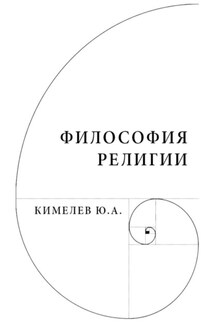Co-evolution of consciousness and operating systems (Коэволюция сознания и операционных систем) - страница 5
The mind is the technical component of consciousness – its anatomy, its appearance, its physiology, and even its pathological physiology, because, unfortunately, describing life and consciousness without considering diseases and pathologies is inconceivable.
The psychic organismencompasses both these aspects. It is a living entity from the realm of thought, capable of self-maintenance within certain boundaries, as long as the biological substrate in which it exists remains intact.
In his work Spirit, Soul, and Body, Professor V.F. Voyno-Yasenetsky [11] cites a statement by I.P. Pavlov, where Pavlov defines consciousness as follows:
"Consciousness appears to me as the nervous activity of a specific area of the cerebral cortex, at a given moment, under given conditions, possessing optimal (probably an average) excitability. At the same time, the rest of the cerebral cortex is in a state of more or less reduced excitability."
Voyno-Yasenetsky further comments:
"The area with optimal activity is, of course, not a fixed area; on the contrary, it constantly moves throughout the cortex, depending on the connections between centers and under the influence of stimuli—accordingly, the territory with reduced excitability also changes."
This description reminds me of the functioning of a computer's operating system. It operates according to our commands but also follows its own rules, opening and closing various programs and files stored on hard drives or removable media. It utilizes operational memory, video and audio cards, and the motherboard. We can hear its activity through the sounds of the CD drive, the hard disk, or the floppy disk drive.
Moreover, we can visually monitor the operation of a computer's operating system using special programs that tell us which program is active at a given moment and what part of the hard drive is being accessed. The workings of our brain, of course, are not so transparent. However, the idea is that consciousness, like an operating system, uses the brain (without delving into specifics for now) as the material substrate for its activity.
Just as Windows requires the material foundation of a computer – a specific physical substrate – for its operation, so does consciousness. Outside the computer, Windows, as a dynamic system, can only exist as a static "installation package." Once installed, it is embodied and brings the hardware to life. Similarly, human consciousness – or at least a significant portion of it (including most of self-awareness) – requires a specific material substrate: the brain.
Without the brain, there is no human consciousness. Just as there is no life outside the cell, there is no consciousness outside the activity of the brain.
In my view, thinking is the process of the life activity of meanings, emotional activity is their reactive capability, and will is the measure of the organization of meanings. Love, however, is the organizing force. Thinking, through love, organizes emotional activity – specific psychic reactivity. Previously, my formula did not include love. I believed the following: emotional activity is specific psychic reactivity, thinking is the organizing force, and will is the measure of this organization. But meanings also exist in computational machines, and yet no one would dare call the functioning of a computer a life activity or psychic activity. It is love that imbues meanings with vitality. Love provides their affinity, reactive capability, reproduction, and, overall, their ability to sustain themselves. Love is the anti-entropy in the world of meanings. I will elaborate below on the role of love in the life activity of meanings.







